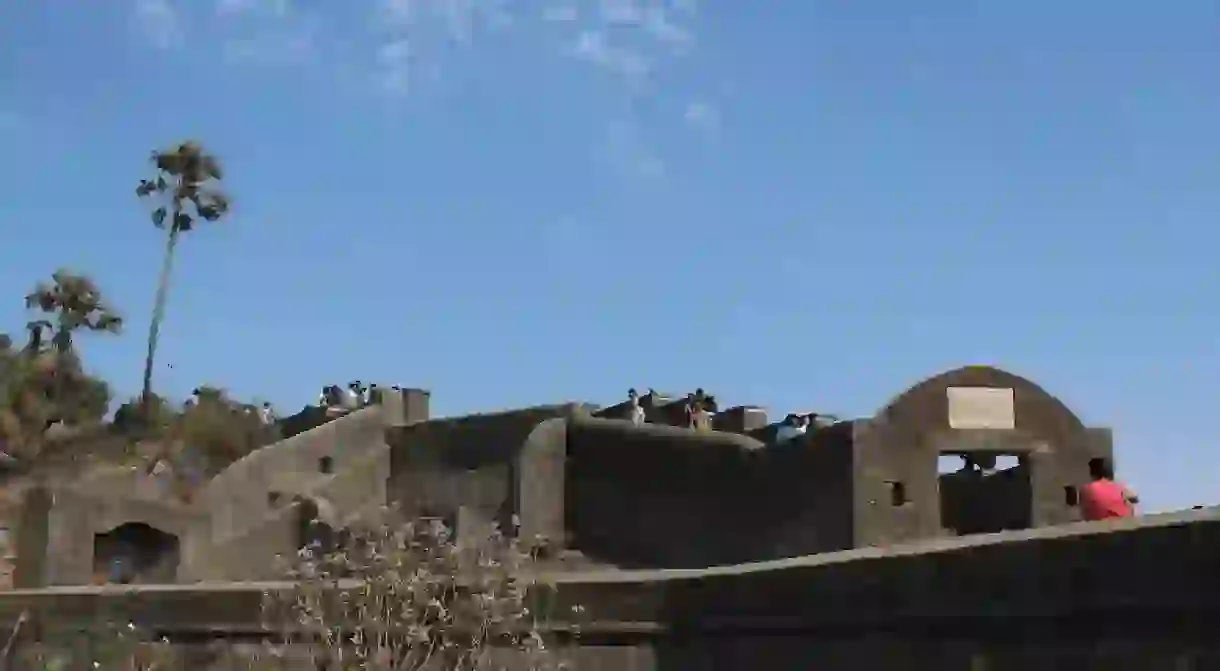Magical Bandstand: One Of Mumbai's Last Standing Forts

‘Bandstand chalein?’ You hear it on the day you land in the city, from your first (and all the following) roommates, from your neighborhood friends and college classmates, and from every young person who is looking to while away an evening. Explore Mumbai’s beautiful Bandra Fort and discover why everyone around you wants to go there.
Bandra Fort was built by the Portuguese in the 16th century as Forte de Bandora or Castella de Aguada (Fort of the Waterpoint – because passing ships collected fresh water from a spring nearby). It was one of a chain of forts they built on the western coast. This particular fort was at a strategic point on the sea route towards Mumbai Harbor in the island city, a route which has since disappeared. It is now one of the most iconic landmarks in the city, and is officially recognized as one of its tourist spots (regardless enjoyed by visitors and locals alike).

The sea near the fort is egalitarian – it is experienced in equal intensity by everyone in its vicinity. The Bandstand Promenade is a kilometer-long walkway that ends at Bandra Land’s End, where Bandra Fort, as well as an amphitheater, a garden, and a park, all meet. These very different kinds of spaces have an intersection that is incredibly interesting and fluid, making it a vibrant public space that supports both organized cultural and community activities like concerts, art events and workshops, as well as unorganized recreation and loitering – something public spaces thrive on and categorically need.

The Bandra Bandstand Residents’ Trust (BBRT) was created with the movement ‘Save the Water Front’ and now takes responsibility for maintaining Bandstand Promenade as well as Land’s End. This includes general civic efforts like organizing events and functions, taking care of the garden, and managing the space so that it accommodates many uses, like cycling and sports. This trust is also currently one of the many voices in Mumbai resisting the infamous coastal road, a highway that is planned to be built from reclaimed land along the western coast, and part of the city’s freshly renewed war with the sea.


Bombay’s relationship with the sea has existed for as long as the land itself. Today, the ghost of the sea is under our feet in about 40 percent of the island city and 20 percent of the suburbs. Its echoes inland long after it disappears from sight. It is an inherent part of Bombay’s consciousness, of itself and the world, and it floods our mindspace in turn. Bandra Fort is one of the several unique manifestations of this exquisite, feverish, almost instinctive attraction that people feel towards the sea.

There’s something about this place that removes you from time entirely. A tropical scene, with the searing sun and palm trees and the salty smell and breeze, enough to make you forget you are still a part of a bustling metropolis.














